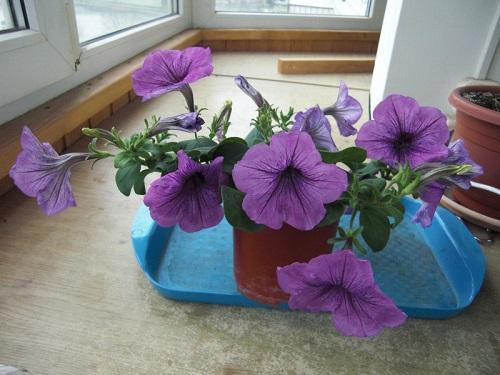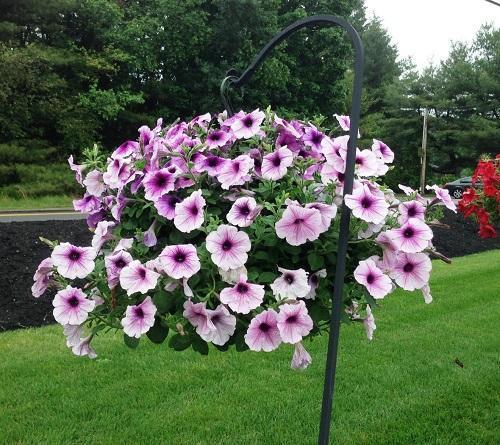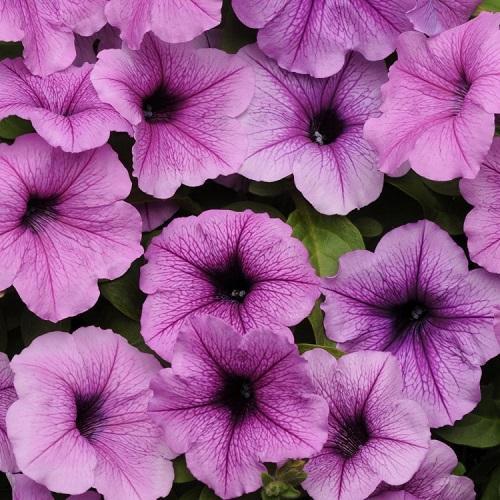Pinching petunias, Plum Wayne variety
Almost all gardeners, both amateurs and professionals, probably have petunia. After all, there is a reason to love her: the flower attracts attention with its bushy chic shape, a variety of colors and intoxicating aroma. With regular watering, the plant blooms profusely and luxuriantly from the earliest spring to autumn, besides, it endures the hot summer.
But to grow beautiful petunias, it is not enough just to water them. One of the important stages of plant care is the formation of a bush at the initial stages, that is, pinching young seedlings. Before talking about whether you need to pinch the Plum Wayne petunia, you need to figure out the very procedure for pinching the petunias.
Features of the pinching procedure

Immediately, the main nuance should be noted - the first pinching is carried out at a certain stage of the development of petunia, namely, in the phase of having at least 5 true leaves on the plant.
Petunia seedlings should not be allowed to overgrow, otherwise the pinching moment will be missed.
So, the first pinching is carried out as follows: you need to pinch off with your nails or carefully cut off the top of the bush, leaving 5 leaves below the cut line. Thus, a new growth point is formed, from which lateral shoots will appear. Petunia, after pinching, will slightly slow down its growth in order to redirect the force to the development of new stems. But over time, the bush will begin to round.
Growing seedlings of petunia for its further planting in a flower bed in open ground has its own peculiarity of pinching. The top of the bush can only be removed after the flower is transplanted and successfully adapted - after about 3 days. When growing seedlings in a greenhouse, they pinch it after picking.
The repeated pinching procedure should be carried out in a month, when the bush gets stronger and forms strong lateral stems.
The tops left after trimming do not need to be thrown away - new plants can be grown from them. To do this, tear off the lower leaves and put the tops in a glass of water for rooting. After the roots appear, the petunia is ready for transplant.
In order for new inflorescences to form on the petunia, faded buds should be regularly removed.
Petunia variety Plum Wayne

Petunia Plum Vein is a cascading plant. It has an ideal bush shape and grows quickly. With its long shoots that can reach 1 meter in length, this petunia is widely used for decorating balconies and growing in hanging planters.


Separately, it is worth noting the rather large - up to 7 cm - flowers, which the bush is strewn with until late autumn. And grade F1 Plum wain terry petunia has flowers with a diameter of 12 cm.



Insofar as this variety of petunia it bushes very well itself, forming a spherical plant; it does not need additional pinching. Seedlings can be pinched if desired if planted early. Or if, as a result of a lack of space, the flowers are planted very densely and began to stretch out because of this.But it should be borne in mind that this will postpone the beginning of flowering.